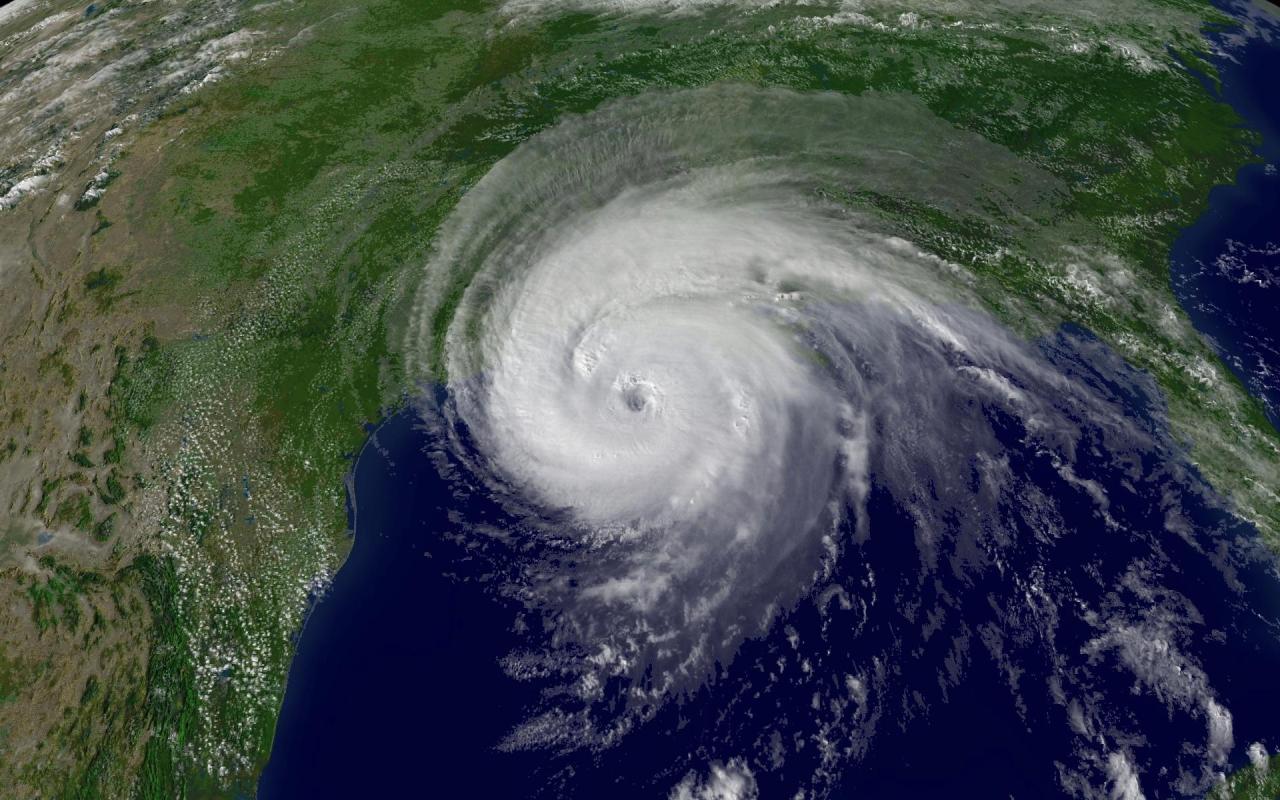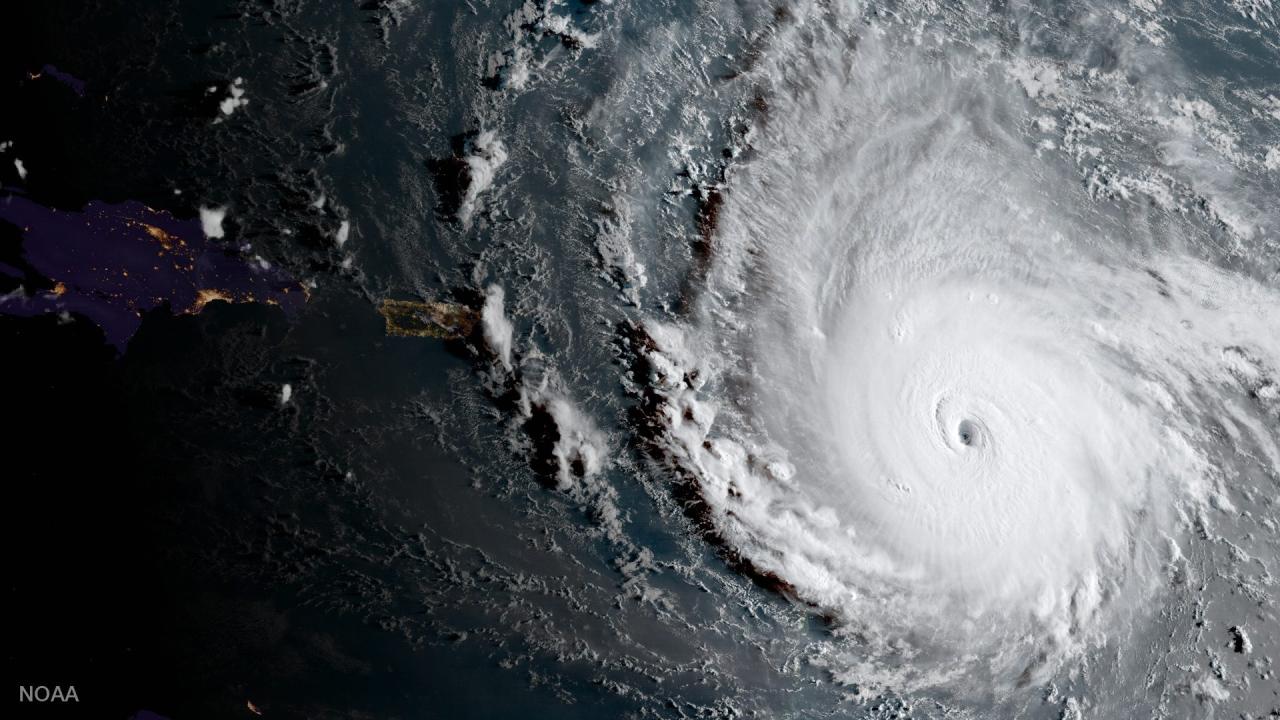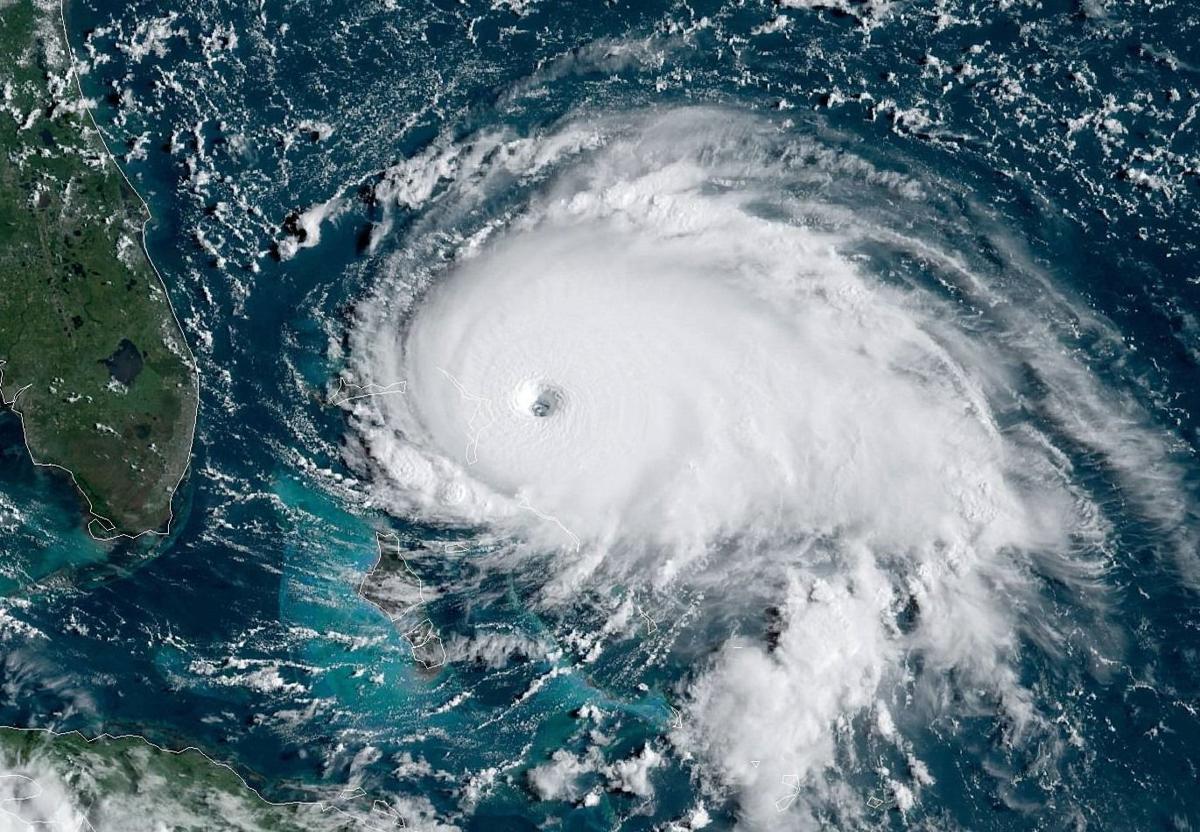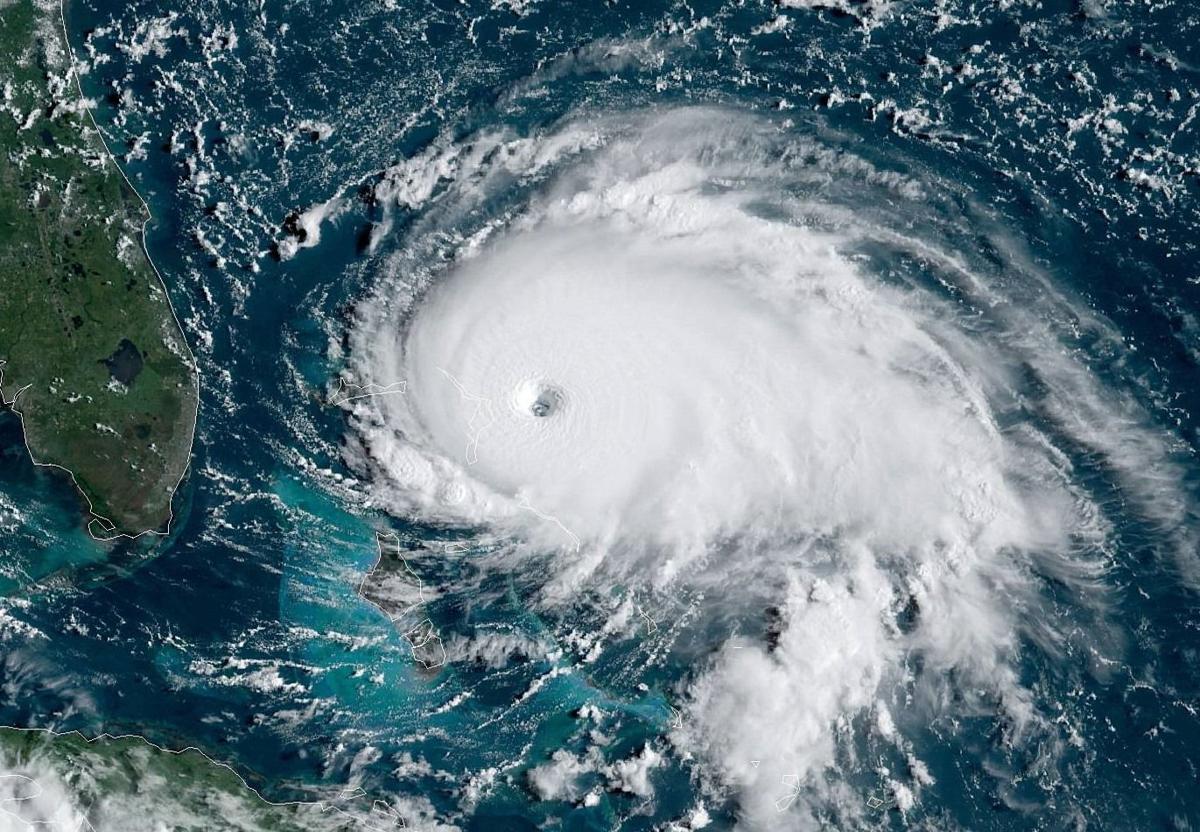NOAA Hurricane provides a comprehensive overview of the National Oceanic and Atmospheric Administration’s (NOAA) vital role in hurricane tracking, forecasting, and research. Dive into the intricacies of hurricane science and explore the latest advancements in predicting and preparing for these formidable storms.
Hurricane Tracking and Forecasting
The National Oceanic and Atmospheric Administration (NOAA) is the primary agency responsible for hurricane tracking and forecasting in the United States. NOAA uses a variety of tools and technologies to monitor and predict hurricane paths, including:
- Weather satellites: NOAA operates a fleet of weather satellites that provide real-time images of hurricanes and other weather systems.
- Buoys: NOAA deploys buoys in the ocean that collect data on wind speed, wave height, and water temperature. This data is used to track hurricanes and forecast their intensity.
- Aircraft: NOAA flies aircraft into hurricanes to collect data on their structure and intensity. This data is used to improve hurricane forecasts.
- Computer models: NOAA uses computer models to predict hurricane paths and intensity. These models are constantly being improved, and they have become increasingly accurate over time.
NOAA’s hurricane tracking and forecasting capabilities have helped to save countless lives. In 2017, for example, NOAA’s forecasts helped to evacuate millions of people from the path of Hurricane Harvey. The hurricane ultimately caused billions of dollars in damage, but it is estimated that NOAA’s forecasts saved thousands of lives.
Hurricane Impacts and Preparedness

Hurricanes are powerful storms that can cause widespread damage and disruption. The impacts of a hurricane can include:
- Storm surge: A wall of water that can reach heights of up to 20 feet, causing severe flooding and damage to coastal areas.
- Flooding: Heavy rainfall from a hurricane can cause rivers and streams to overflow, leading to widespread flooding.
- Wind damage: Hurricanes can produce winds of up to 150 miles per hour, which can cause significant damage to buildings, trees, and power lines.
- Power outages: Hurricanes can damage power lines, causing widespread power outages that can last for days or even weeks.
It is important to be prepared for a hurricane in order to minimize the risk of damage and injury. Here are some tips for hurricane preparedness:
- Have an evacuation plan: Know where you will go and how you will get there if you need to evacuate your home.
- Assemble an emergency supply kit: This kit should include food, water, first aid supplies, and other essential items.
- Secure your property: Board up windows and doors, and secure loose objects outside your home.
- Stay informed: Monitor weather forecasts and follow the instructions of local officials.
By following these tips, you can help to protect yourself and your property from the impacts of a hurricane.
Hurricane Science and Research

NOAA plays a pivotal role in advancing hurricane science and research, fostering a comprehensive understanding of these formidable storms. Through meticulous data collection, sophisticated modeling, and in-depth analysis, NOAA scientists unravel the intricacies of hurricanes, enabling more accurate forecasting and effective preparedness measures.
Data Collection
NOAA’s vast network of observing systems, including satellites, buoys, and weather stations, relentlessly gathers real-time data on hurricane characteristics, such as wind speed, pressure, and rainfall. These observations provide invaluable insights into the storm’s intensity, structure, and movement, feeding into forecasting models and enhancing prediction accuracy.
Modeling and Analysis
NOAA scientists employ advanced computer models to simulate hurricane behavior, incorporating data from observations and leveraging sophisticated algorithms. These models forecast storm tracks, predict intensity changes, and assess potential impacts on coastal communities. By analyzing model outputs, scientists refine forecasting techniques and identify areas at risk, enabling timely evacuations and emergency response.
Recent Advancements, Noaa hurricane
Hurricane science has witnessed remarkable advancements in recent years, driven by technological innovations and collaborative research. High-resolution satellite imagery now captures intricate storm structures, revealing insights into hurricane formation and intensification. Unmanned aerial vehicles (UAVs) venture into the heart of hurricanes, collecting valuable data on wind profiles and precipitation rates.
These advancements enhance our understanding of hurricane dynamics and contribute to improved forecasting capabilities.
Ongoing Research
NOAA scientists continue to push the boundaries of hurricane science through ongoing research initiatives. They explore the influence of climate change on hurricane behavior, investigate the role of ocean-atmosphere interactions in storm formation, and develop innovative technologies for data collection and analysis.
These efforts aim to deepen our knowledge of hurricanes and empower us with the tools to mitigate their devastating impacts.
Summary

NOAA Hurricane serves as a valuable resource for understanding the complexities of hurricanes, empowering individuals and communities to make informed decisions and stay safe in the face of these natural disasters.
Essential Questionnaire: Noaa Hurricane
What technologies does NOAA use to track hurricanes?
NOAA employs a range of technologies, including satellites, radar, and weather buoys, to monitor hurricane formation and movement.
How can I prepare for a hurricane?
Develop an evacuation plan, gather emergency supplies, and stay informed about hurricane forecasts and warnings.

